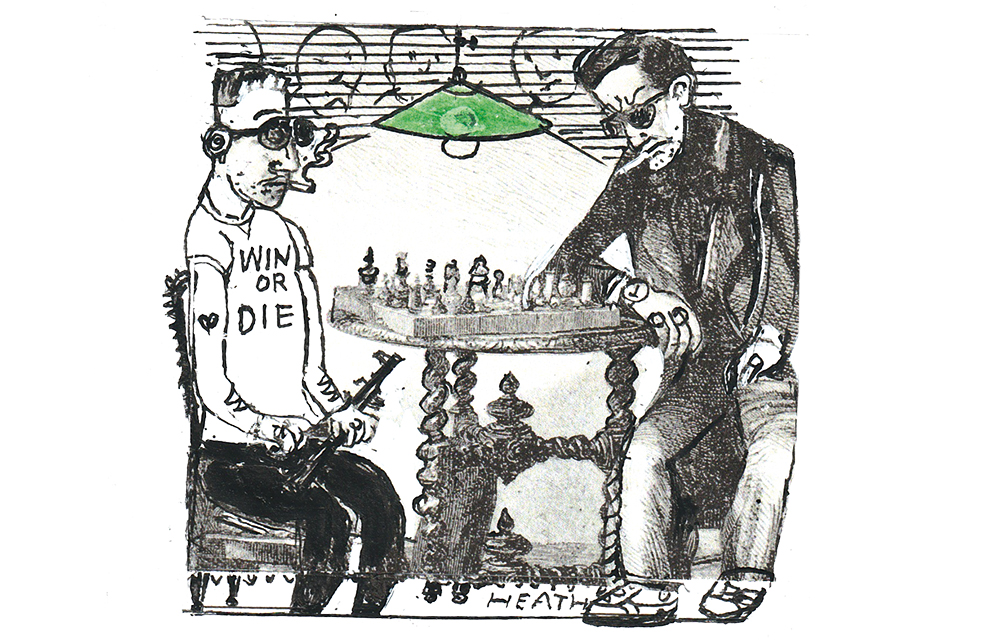Amina Abakarova, a 40-year-old chess player from Russia, supposedly tried to poison a younger rival at the Dagestan Chess Championship this month. Camera footage seems to show her furtively applying a substance to one side of a chess board before the start of the game. Her opponent later became unwell and a Russian news agency claimed that the substance contained mercury.
I first saw the story on one of the many specialist chess news sites. Within 48 hours it was in most national newspapers. Two types of chess stories pop up time and again. First, the ones about child prodigies, which tend towards the formulaic – I know because they used to publish them about me in the 1990s.
History records quite a few players who gave in to murderous urges after a game gone awry
The other category – let’s call it ‘nerds behaving badly’ – is gloriously diverse. Chess players are human beings, after all, and have found ways to be unruly ever since the first board games were etched on stone tablets. These stories are far more interesting because part of the game’s charm lies in its troupe of eccentrics and monomaniacs.
The poisoning story is a rarity, in that it involves the physical harm of a competitor. Animosity can be intense, and considering some players’ competitiveness, it’s remarkable that things don’t become inflamed more often. For players who may be engrossed in a game for five or six hours, in which a single mistake can be fatal, the ego feels very much at stake. Euphoria and misery are all-consuming emotions. It’s a thrill, but one where thankfully few people get hurt.
There are exceptions, of course. One morsel of chess gossip which got the full news treatment was a punch-up at the 2006 Turin Olympiad in which, regrettably, an English grandmaster lunged at Armenia’s top player at a party organised by the Bermudans.







Comments
Join the debate for just £1 a month
Be part of the conversation with other Spectator readers by getting your first three months for £3.
UNLOCK ACCESS Just £1 a monthAlready a subscriber? Log in